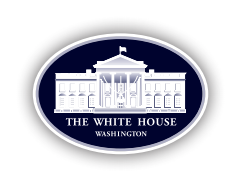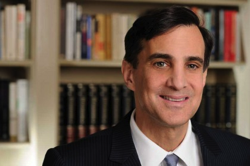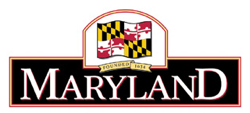

Johns Hopkins University and the University of Maryland, College Park are among the nation’s best engineering schools.
Johns Hopkins ranks 17th and the University of Maryland 24th, according to Business Insider.


Johns Hopkins University and the University of Maryland, College Park are among the nation’s best engineering schools.
Johns Hopkins ranks 17th and the University of Maryland 24th, according to Business Insider.


The report is the third in an annual series briefing Congress on the results of legislative language in the America Competes Reauthorization Act of 2010 that encourages the use of prize competitions by federal agencies to spur innovation.
In the private sector, such competitions have occasionally become major spectacles, such as the 1927 Orteig Prize that led to Charles Lindbergh’s trans-Atlantic flight and the $10-million prize a decade ago for the successful launch of a commercial spacecraft. But in the arena of federally sponsored science, and especially as it concerns the basic research done at universities, the uses appear more limited, such as tackling logistical roadblocks or developing web applications.

 When Ron Daniels took the stage in a fourth floor auditorium inside the Johns Hopkins University Medical Center in East Baltimore, he was staring down a veritable Who’s Who of Baltimore city’s tech community: startup founders, the presidents and operators of incubators, people at the helm of deep-pocketed foundations and tech company investors.
When Ron Daniels took the stage in a fourth floor auditorium inside the Johns Hopkins University Medical Center in East Baltimore, he was staring down a veritable Who’s Who of Baltimore city’s tech community: startup founders, the presidents and operators of incubators, people at the helm of deep-pocketed foundations and tech company investors.
It was April 30, Demo Day for DreamIt Health Baltimore, when nine health IT startups would graduate from a four-month accelerator program backed, in part, by the Johns Hopkins University. And Daniels, president of Johns Hopkins, had one message for the startups’ founders anxiously awaiting their turn to present their companies to the crowd of at least 100.


Foluke Tuakli hopped on a bicycle and weaved around her classroom at the University of Maryland, College Park, acting out the problems that cyclists encounter on the road. “I’m turning, I’m turning,” she shrieked as the bike wobbled.
The demonstration was part of a student pitch for a bicycle GPS app in a freshman entrepreneurship class in the honors college. Other student groups had their own pitches: a new type of sustainable drinking fountain where water is squirted directly into the mouth, a Third World slum development project, and a day care center that emphasizes healthful eating habits.


The University of Maryland and the National Institute for Standards and Technology (NIST) will host the first national symposium to discuss biosimilar therapeutics on June 13, 2014, at the Institute for Bioscience and Biotechnology Research in Rockville, Md., university officials announce today.
The event, ” Emerging Strategies for the Production and Characterization of Biosimilars ,” kicks off the first annual UMD/NIST Biomanufacturing Technology Summit, which pulls together company, government and academic thought leaders from around the world each year to discuss strategies, trends and issues in biotechnology products and manufacturing.


Funding and Research Opportunities
The following funding opportunity announcements from the NHLBI or other components of the National Institutes of Health, might be of interest:
NIH Guide Notices:
Please note that most links to RFAs, PAs, and Guide Notices will take you to the NIH Web site. RFPs will take you to FedBizOpps. Links to RFPs will not work past their proposal receipt date. Archived versions of RFPs posted on FedBizOpps can be found on the FedBizOpps site using the FedBizOpps search function. Under “Document to Search,” select Archived Documents.


Two University of Maryland graduates have designed The Micro, a consumer-friendly, sub-$300 3D printer, and are quickly staging one of the most successful Kickstarter campaigns of all-time to produce it, hauling in $3.3 million with more than 10,000 backers.
The Micro raced past its $50,000 goal in just 11 minutes and hit the $1 million mark in 25 hours, faster than the Pebble watch, which took 28 hours.


The number of people age 65 and older in the United States is expected to almost double by 2050, a shift that is expected to drastically alter the nation’s racial makeup and pressure its economy, two government reports released on Tuesday said.
Those older U.S. residents are expected grow from 43 million in 2012 to nearly 84 million over the next four decades as the baby boomer generation ages, the Census Bureau said in its latest estimate.


The National Institutes of Health (NIH) has awarded a contract to researchers at The Johns Hopkins University to launch a new center devoted to developing innovative ways to identify and track influenza viruses worldwide.
One top goal is to rapidly identify new influenza virus strains that may emerge as the next seasonal influenza or global pandemic that could threaten public health.


Michael Spinosa overflows with enthusiasm about the team that helped his Columbia company figure out new strategies for growth — at no charge.
That might not sound like economic development, if your conception of it is multimillion-dollar incentives to tempt big employers to move in. The assistance Spinosa got is a different approach with the same goal: more jobs.